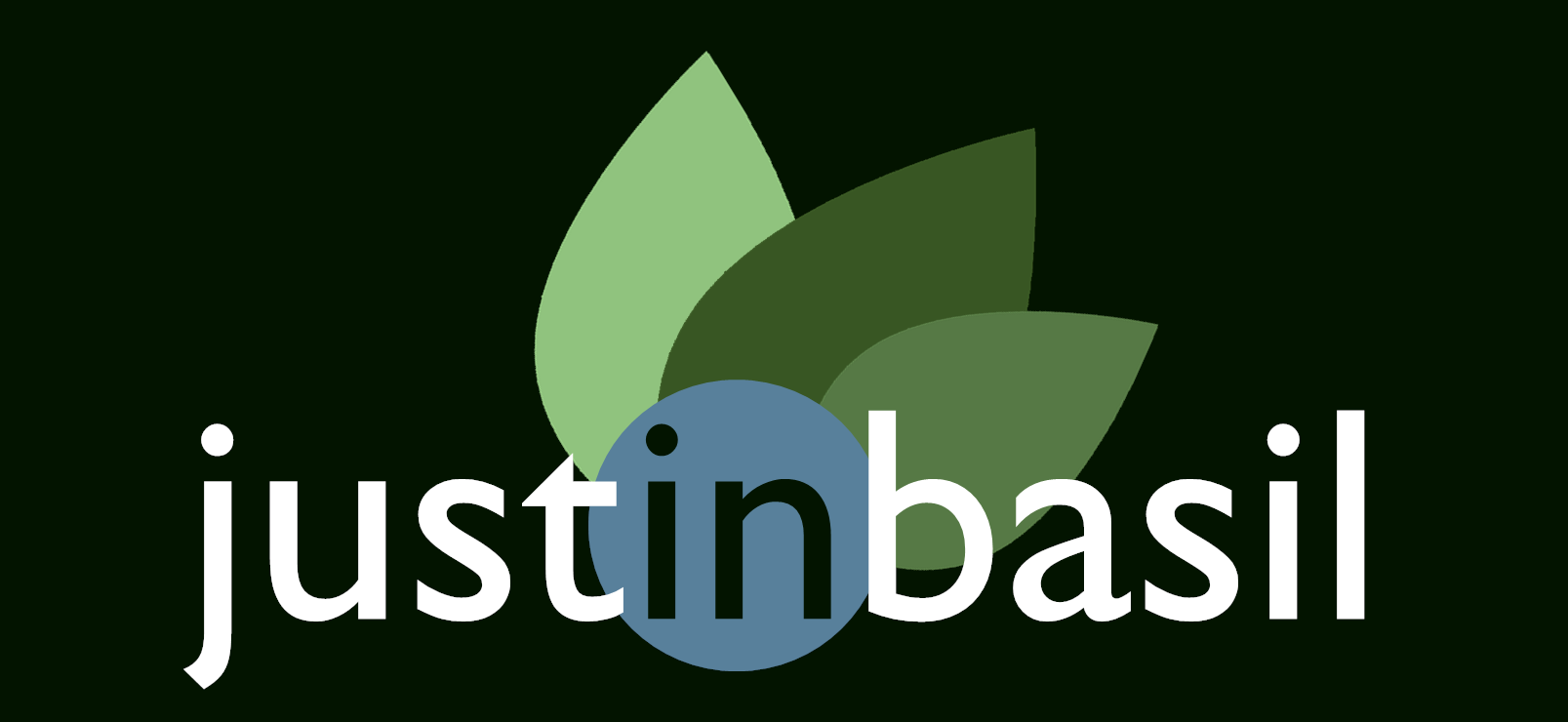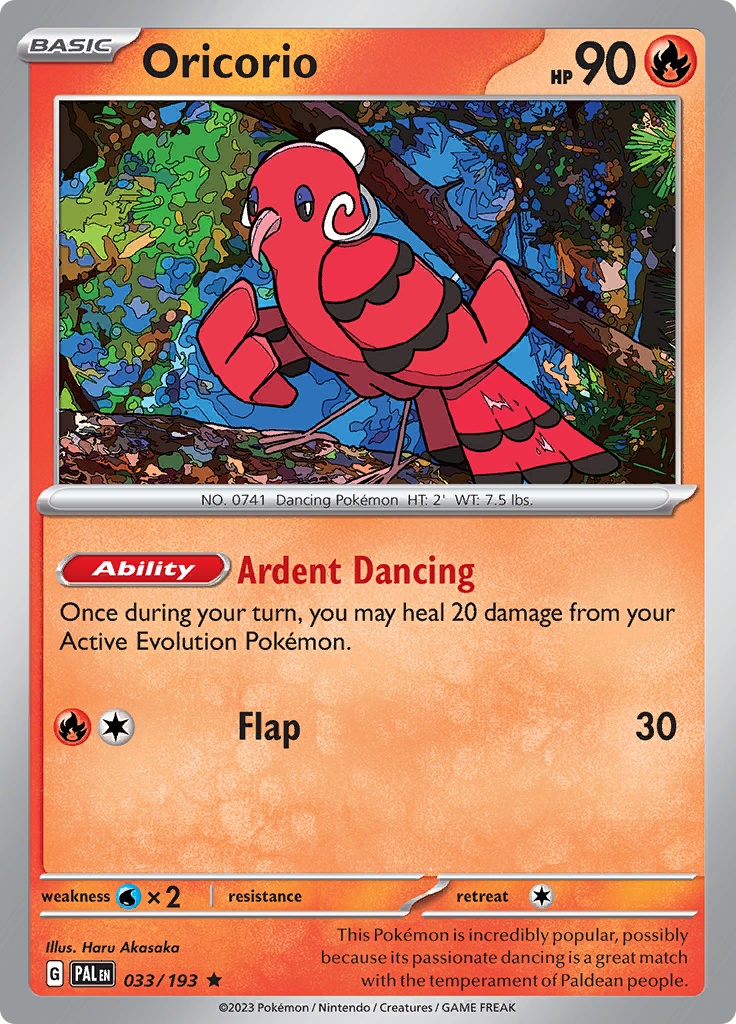Recovery and Rebound
Healing
Radiant Tsareena SIT 16
Oricorio PAL 33
Recovery
Supporters
Roseanne’s Backup BRS 148
Team Yell’s Cheer BRS 149
Cyllene ASR 138
Lana’s Aid TWM 155
Items
Energy Retrieval SVI 171
Pal Pad SVI 182
Super Rod PAL 188
Superior Energy Retrieval PAL 189
Rebound
Mela PAR 167
Effect Break
Canceling Cologne ASR 136
Healing
Radiant Tsareena offers a way to heal off some of the damage that your opponent spreads onto your Pokémon. The small amount of healing it provides may not always be relevant, but it can often be just enough to push a Pokémon out of the range of easy knockout.
As a Radiant Pokémon, you can only run a single copy of the card in your deck—and only if you don’t have any other Radiant Pokémon in your deck.
Oricorio offers a way to heal off some of the damage from your Active Evolution Pokémon. The small amount of healing it provides may not always be relevant, but it can often be just enough to push a Pokémon out of the range of easy knockout.
That said, Oricorio is not a common inclusion in decks and tends not to be played.
Recovery
Supporters
Roseanne’s Backup is a Supporter card, but one that offers a means of recovering card types that don’t often have a way to recover them. In addition to offering the recovery of 1 of your Pokémon, Roseanne’s Backup also gives you a means of recovering a Tool, Stadium Card, and an Energy card—including a Special Energy card. You can also recover some combination of the four different card types—including 1 of each.
Not many decks will include any copies of Roseanne’s Backup, but those that do will include 1-2 copies of the card.
Team Yell’s Cheer is unlikely to see play in any typical aggression-focus deck, but may find its home in some control, mill, or stall decks. Team Yell’s Cheer makes it possible to recycle Supporter cards and Pokémon from your discard pile back into your deck. For a control archetype, for example, this may end up being the way it gets back some of its many disruption cards—including those that are the most important for its current matchup.
Most decks do not include any copies of Team Yell’s Cheer.
Cyllene is the “get back whatever” card that some decks simply need. Decks that rely heavily on cards that don’t have other recovery options, like non-tool Item cards, may find Cyllene a useful tool in their arsenal. Where other recovery options are available for the class of card you need to recover, they are often the better option—in addition to being a Supporter card, Cyllene’s recovery is on a coin flip, and it’s entirely possible to flip two tails!
Decks that run Cyllene tend to run 1-2 copies of the card.
Lana’s Aid gets back both Basic Energy and Pokémon from your discard pile—directly to your hand. Think of Lana’s Aid as a sort of “super” Super Rod—but one that can’t recover any Pokémon with a Rule Box.
Instead of having to shuffle the cards you’re recovering into your deck, you have direct access to them at the expense of using your Supporter card for the turn. This can be important for getting back a Pokémon—especially an evolving or evolution Pokémon—when it’s crucial to get the deck’s next attacker up and ready to go.
Lana’s Aid isn’t an especially common card in decks. Decks that do include the card tend to include just 1-2 copies.
Items
Energy Retrieval gets back two Basic Energy cards from your discard pile. Although this sounds especially powerful, many decks that run recovery cards like this one will prefer the flexibility offered by Super Rod instead since it also recovers Pokémon.
Decks that do want to run Energy Retrieval are those that can and do quickly make use of the Energy recovered by the card—decks with Rain Dance style effects like Baxcalibur’s Super Cold. Decks that run Energy Retrieval tend to run 2-4 copies.
Pal Pad can be a helpful inclusion in decks that need to run a large variety of Supporters or in decks that need ‘extra’ copies of a specific Supporter card.
In most cases, decks will simply run more copies of their preferred Supporter card out cards, but for decks that do include Pal Pad, it's usually just a single copy.
Super Rod is the most powerful Item-based recovery option currently available in the Standard format. As an Item, it offers recovery for both Pokémon and Basic Energy cards, making it an ideal inclusion in decks that need to be able to recover both. Especially in decks that focus on single prize attackers or specific types of Basic Energy, Super Rod can ensure that your deck doesn’t run out of stream too early.
Decks that run Super Rod tend to run 1-2 copies.
Superior Energy Retrieval is an option for decks that need a high quantity of Energy, but that cannot take the enormous hit to consistency that running a high quantity of Energy brings
Superior Energy Retrieval gets back up to four Basic Energy cards from your discard pile at the expense of discarding two other cards from your hand. Although this sounds especially powerful, many decks that run recovery cards like this one will prefer the flexibility offered by Super Rod instead since it also recovers Pokémon.
Decks that do want to run Superior Energy Retrieval are those that can and do quickly make use of the Energy recovered by the card—decks with Rain Dance style effects like Baxcalibur’s Super Cold. Decks that run Superior Energy Retrieval tend to run 2-4 copies.
Rebound
Mela is a powerful ‘get back in the game’ rebound card that offers a combination of Energy acceleration and draw power to help you rebound after 1 of your Pokémon has been Knocked Out.
In order to make adequate use of Mela, a deck must be built to contain Basic Fire Energy—and many decks simply aren’t able to accommodate it. Decks that do run Mela generally run just 1 copy.
Effect Break
Canceling Cologne helps to break the walling effects of Pokémon in your opponent’s Active Spot. Cards like Mimikyu with its Safeguard Ability don’t stand a chance when Canceling Cologne shuts the Ability off.
Decks that can’t run alternative answers to cards with Abilities like Mimikyu’s may find themselves reaching for Canceling Cologne. Decks that run it tend to run just 1 copy of the card.







